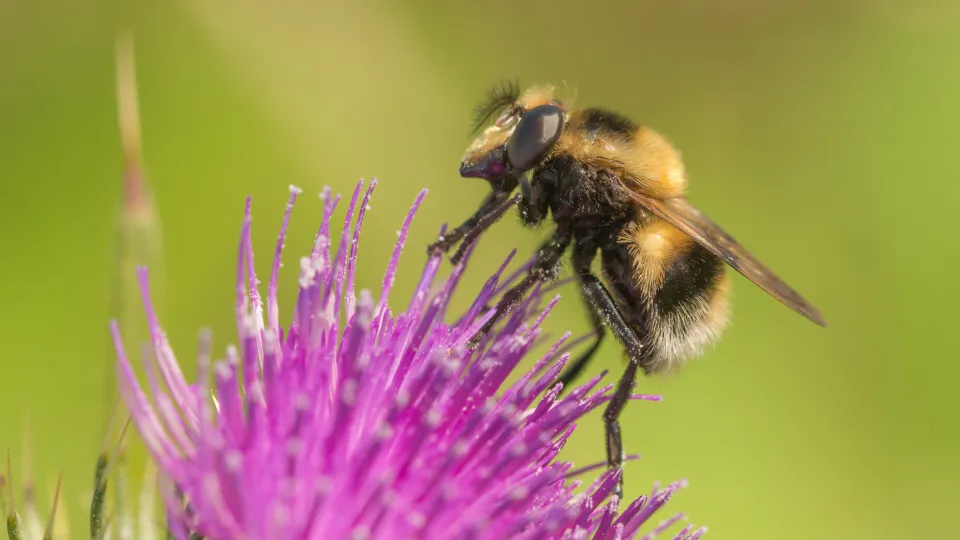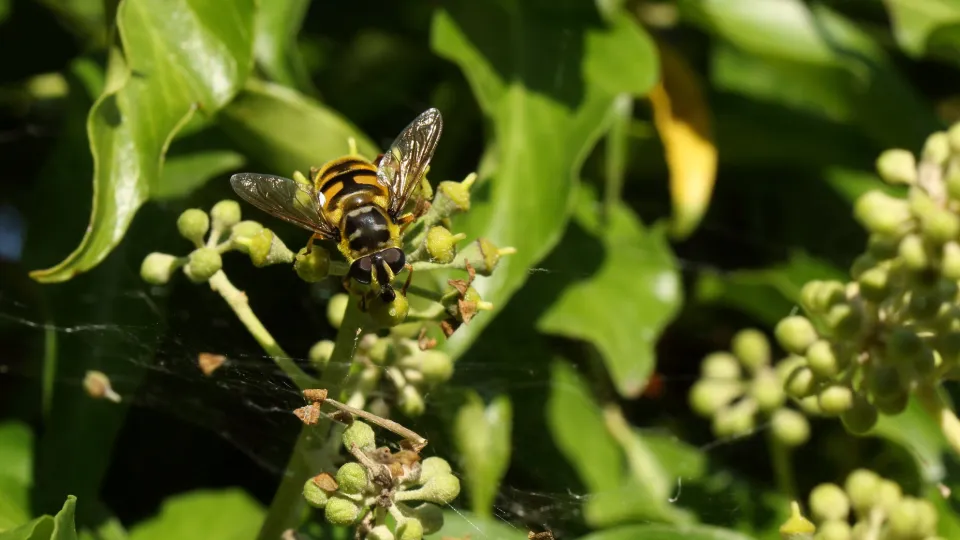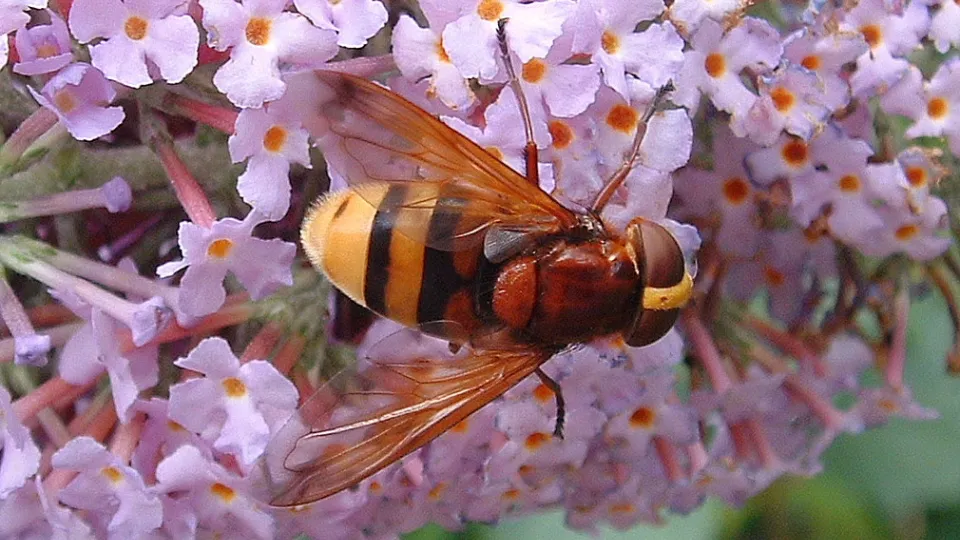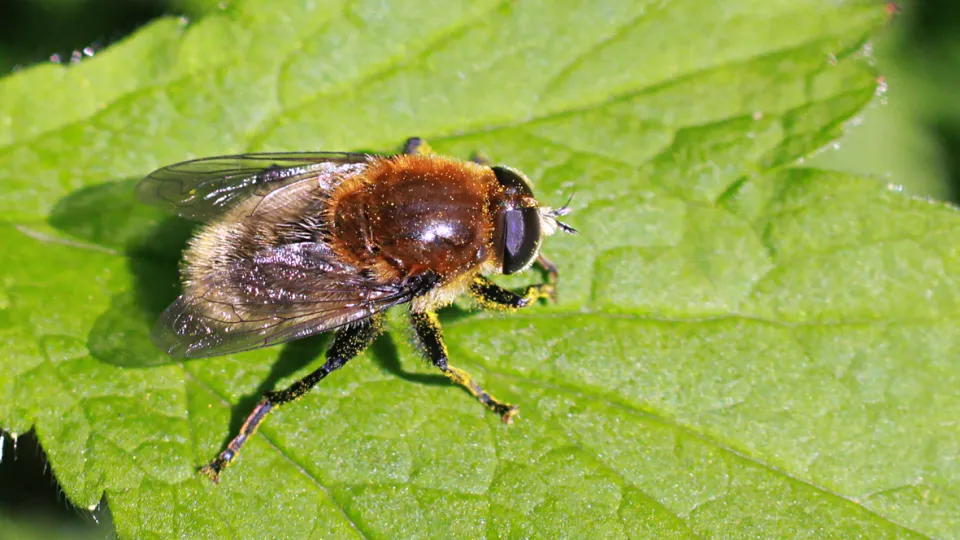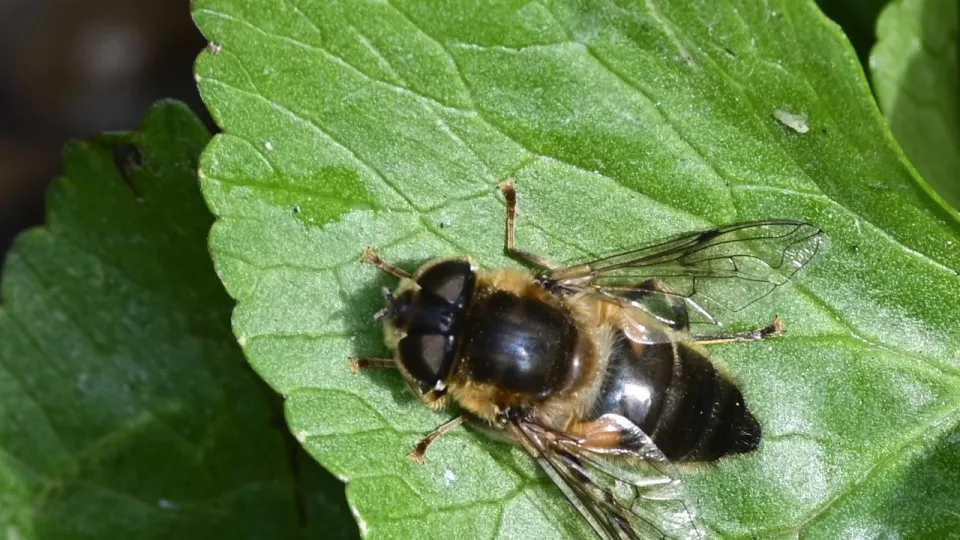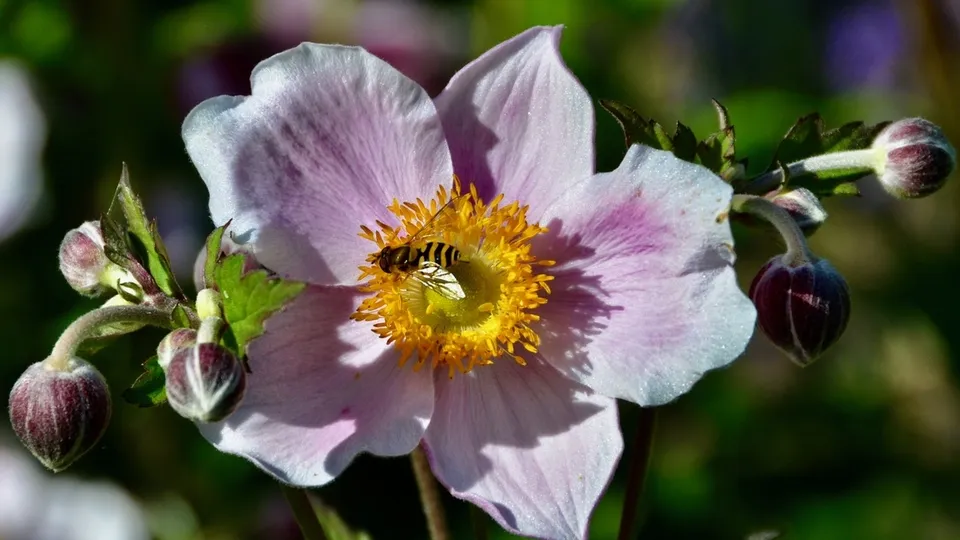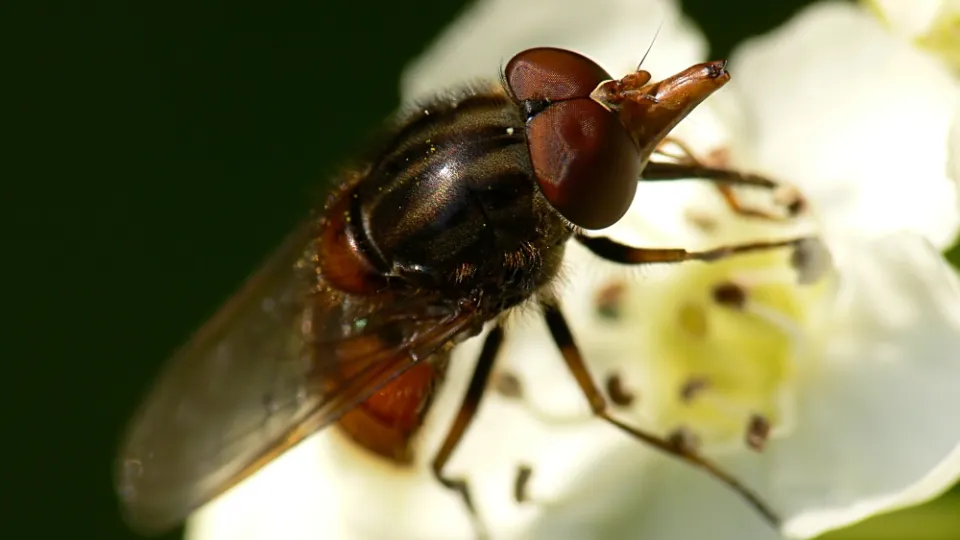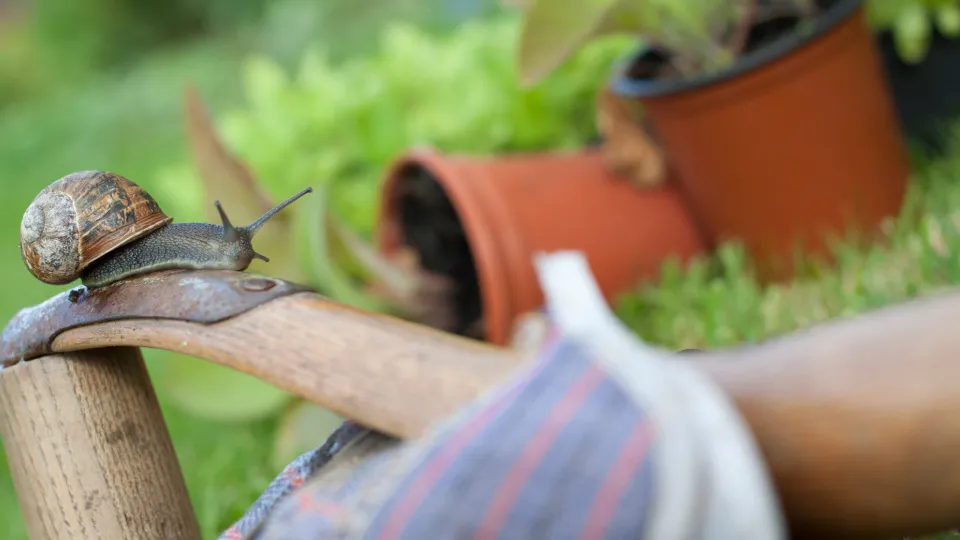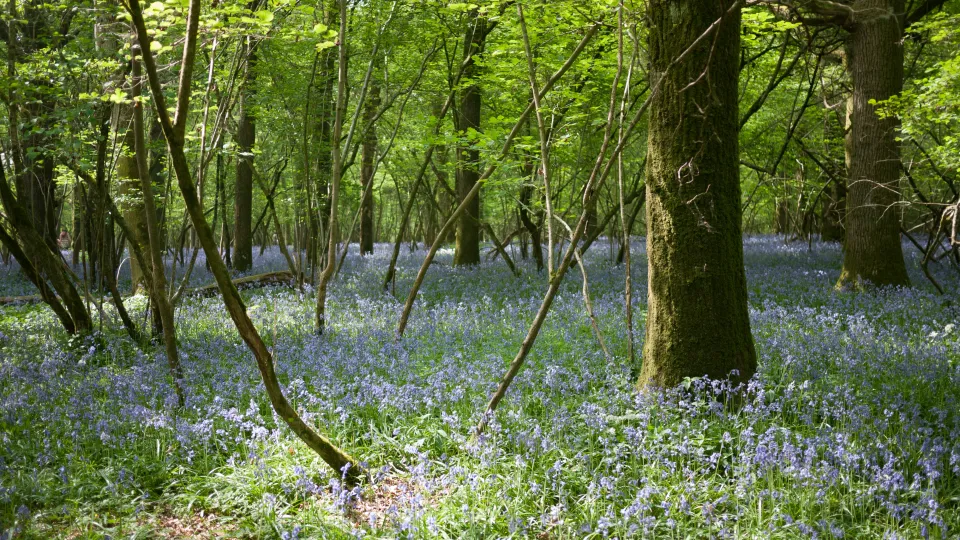
Woodland
Our woodlands are a key tool in the box when addressing climate change for their carbon storage potential, but are less well known for their potential to limit flooding events, with wet woodlands providing a great service in slowing the flow of water downstream after extreme rain events.

